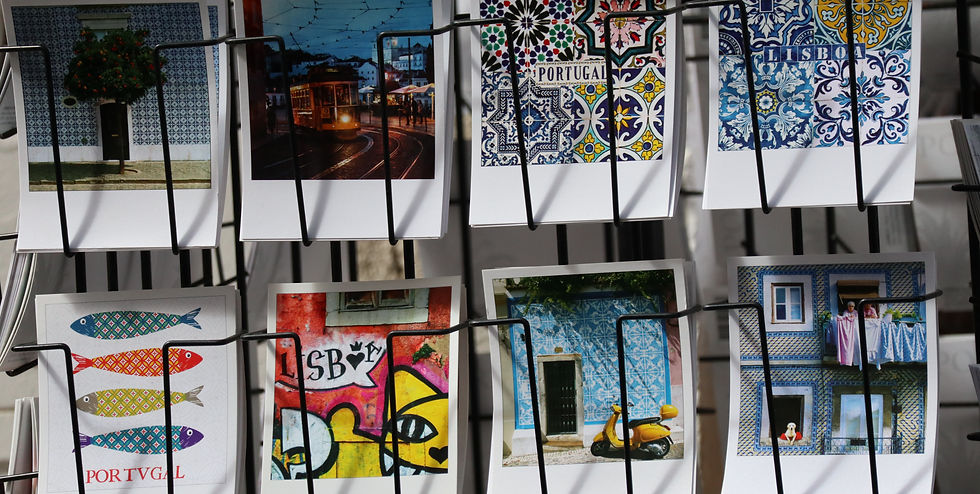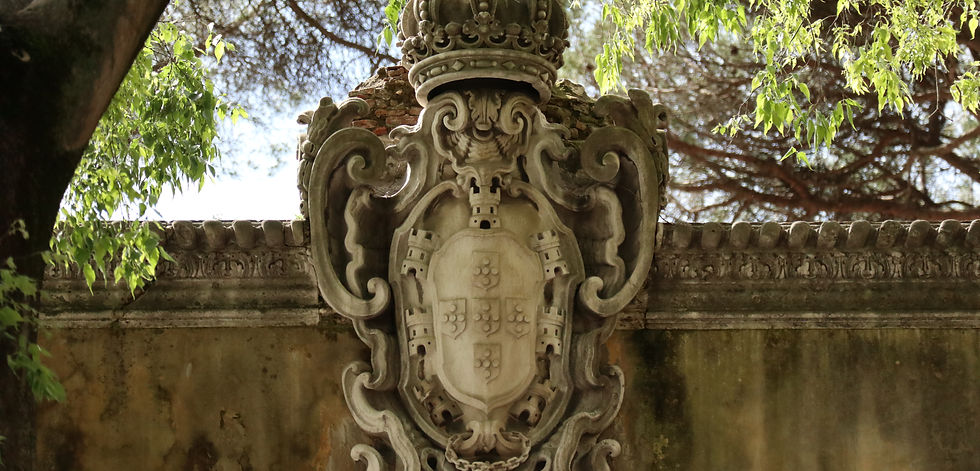

The oldest Neighborhood
Alfama is the heart of a 3000-year-old city. It's a plexus of narrow streets, civilizations and traditions. Phoenicians, Romans, Visigoths and Moors lived here. Lisbon was born here. The alphabet miraculously survived the earthquake of 1755 and has not changed much since then. I will guide you through the labyrinth of alleys and tell you a lot of interesting things - about azulezh, fado, architecture and more.

Multifaced Alfama and mystical streets
The quarter is famous for its labyrinths of charming narrow streets. We will walk along them, I will explain why they were designed in this way and how to find your way through this picturesque plexus of alleys. Along the way, we will talk about how the features of the cultures of different peoples - from Phoenicians to Romans and Moors - affected the appearance of the district and local traditions.

Singing architecture and the cradle of Fado
We will pay special attention to the colorful azulejo - mosaic tiles that decorate the facades of buildings. You will learn what these patterns symbolize and what stories they tell. And we'll definitely remember the fado. I will explain why Alfama became the cradle of this musical genre, and how it, in turn, became an integral part of Portuguese culture.

Panoramic views and literary roots
We will walk from the banks of the Tagus to St. George's Castle. Let's go up the hill, enjoy breathtaking views of the city and the river.
You will understand where artists, historians and writers got inspiration from while in Lisbon. Also, we will not forget the connection between Alfama and the great José Saramago, whose words have become not only a reflection of the past, but also a guide to the future, where every stone and every corner of the city comes to life with their own stories: "In Lisbon, even the walls speak. They keep the secrets of the past and dreams of the future, telling their stories to those who are ready to hear them."
Program
1
Commerce Area
Start of the tour. We will get acquainted and you will learn about the ensemble of Commerce Square, its unique architecture and the rich history of its origin.
2
Church of Mercy and House with Spikes
The Church of Mercy in Lisbon is a significant example of Portuguese Renaissance architecture, known for its elegant facade and interior. The House with Spikes, or Casa dos Bicos, stands out for its facades decorated with pyramidal ledges and is a historical monument of the Manueline era. These two buildings reflect the rich architectural and cultural history of Lisbon.
3
Alfama and the history of Fado
Alfama is the oldest district of Lisbon, known for its narrow streets, steep stairs and historical buildings. It was in this colorful quarter that the fado was born - a traditional Portuguese musical genre, performed with spiritual melancholy and passion. Fado, reflecting the sorrows and joys of life, is now recognized as a cultural heritage of UNESCO and is an integral part of Portuguese culture.
4
Ruins Of The Roman Theater
The ruins of the Roman theater in Lisbon, built in the 1st century BC, are a significant archaeological site demonstrating the greatness of ancient Roman architecture. Located in the heart of the city, they allow you to look into Lisbon's past and its rich historical heritage.
5
Portas do Sol and
Santa Lusia observation decks
The Portas do Sol observation deck offers a breathtaking view of the colorful roofs of the Alfama and the Tagus River, creating ideal conditions for unforgettable photos. Santa Luzia Square is known for its picturesque panoramas of the old city and charming azulezhos decorating the terraces.